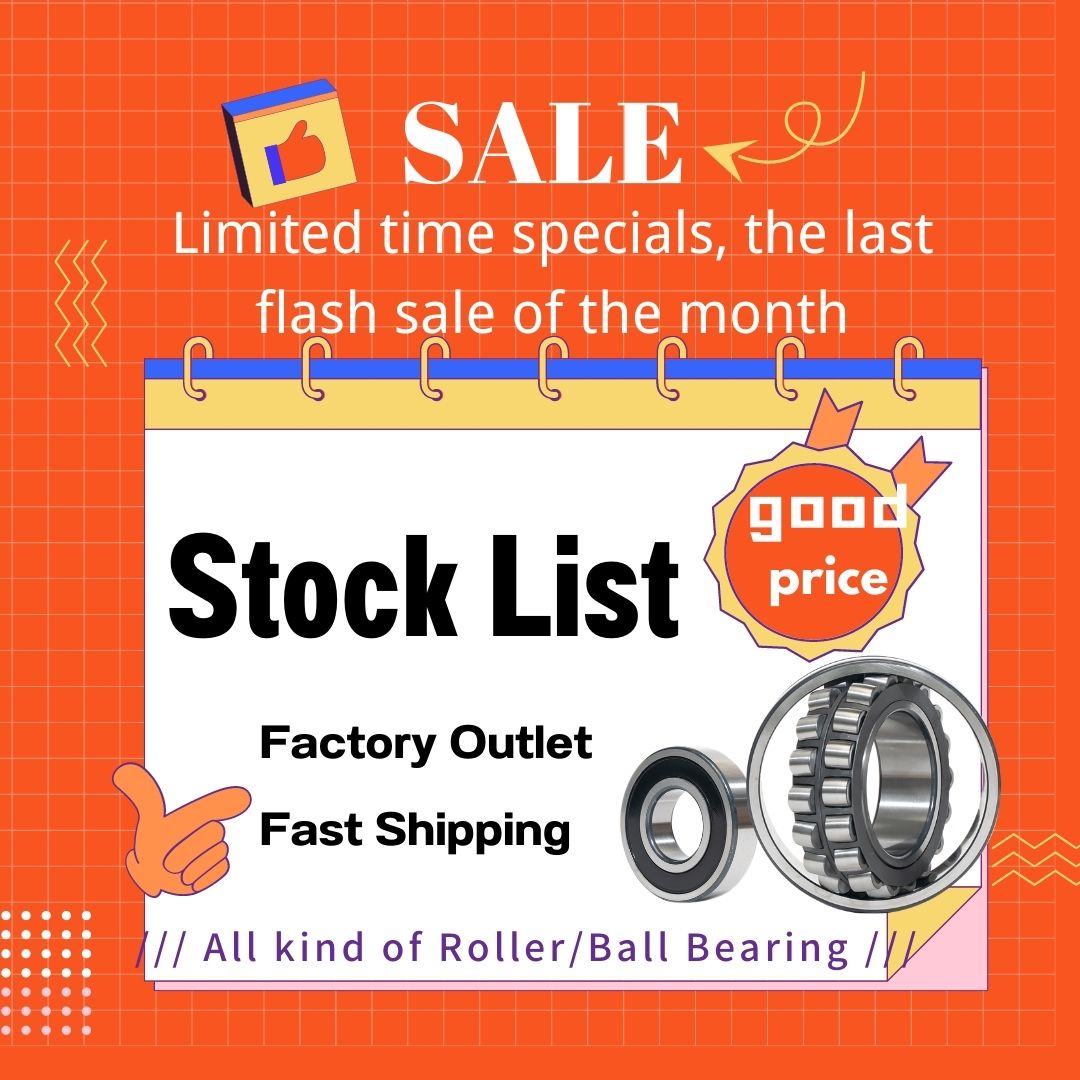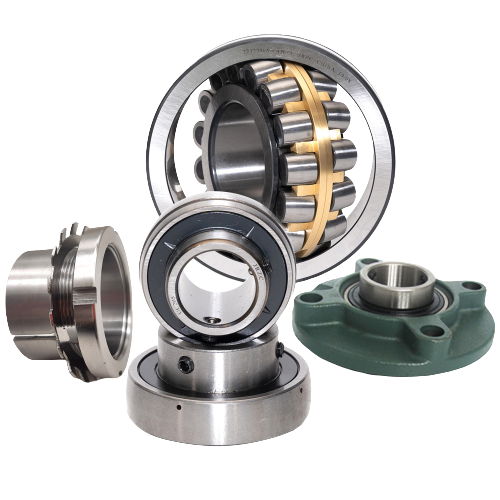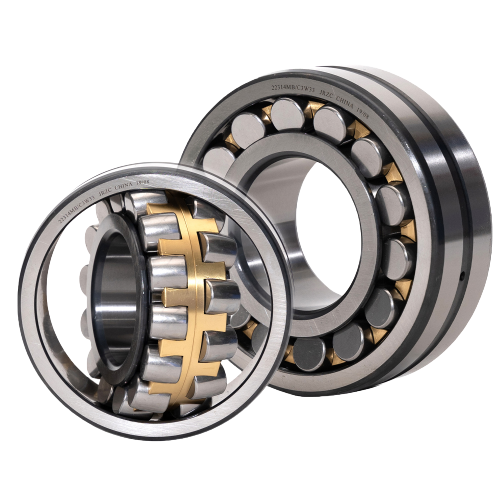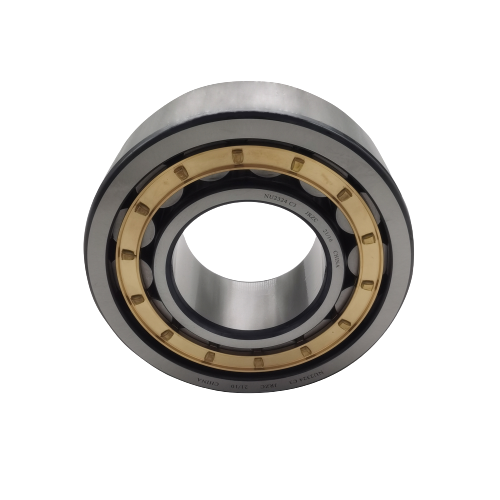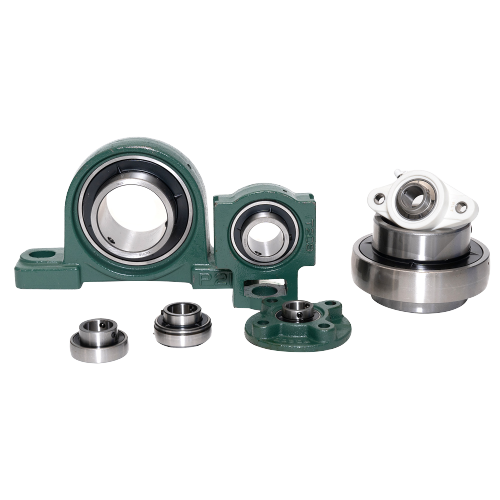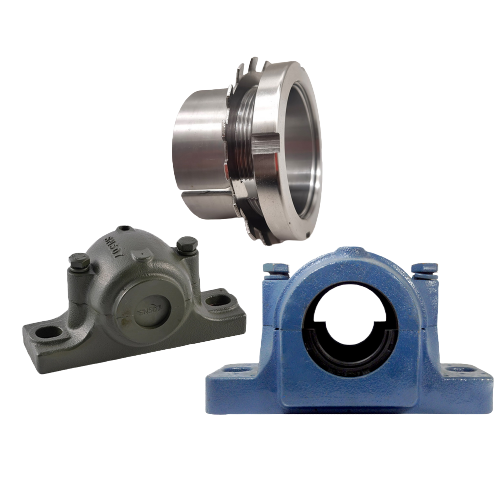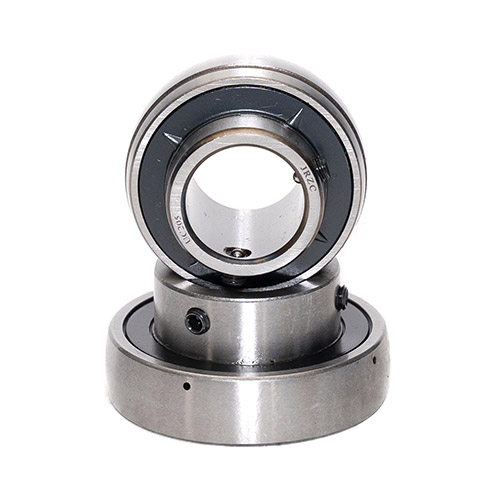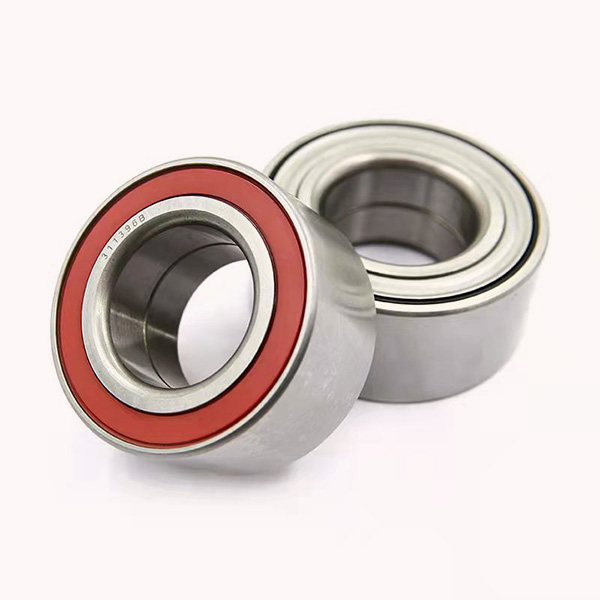How to choose the bearing
There are various types, types, and sizes of rolling bearings. Selecting the most suitable bearing is critical for the intended performance of the mechanical device to be used.
To select bearings, it is necessary to analyze many reasons, conduct research from their respective perspectives, and evaluate the procedures for selecting bearings. There are no special regulations, but the general order is as follows:
(1) Master the conditions of use of mechanical devices and bearings;
(2) Clarify the requirements for bearings;
(3) Select the type of bearing;
(4) Select the bearing configuration;
(5) Selected bearing size;
(6) Selected bearing specifications;
(7) Installation method of selected bearings.
3.1 Use conditions and environmental conditions of bearings
Correctly grasping the use position of the bearing in the mechanical device and the conditions of use and environmental conditions are the premise of selecting suitable bearings. For this purpose, the following data and information are required:
(1) The function and structure of the mechanical device
(2) Use parts of bearings
(3) Bearing load (size, direction)
(4) Rotation speed
(5) Vibration and shock
(6) Bearing temperature (ambient temperature, temperature rise)
(7) Ambient atmosphere (corrosive, clean, lubricating)
3.2 Selection of bearing arrangement
Usually, the shaft is supported radially and axially with two bearings. At this time, the bearing on one side is called the specified side bearing, which bears both radial and axial loads, and plays the role of fixing the relative axial displacement between the shaft and the bearing housing. The other side is called the free side, which only bears the radial load and can move relative to the axial direction, to solve the problem of expansion and contraction of the shaft caused by temperature changes and the axial error of the bearing installation.
For fixed side bearings, you need to choose bearings that can prevent axial movement. For free side bearings, you need to choose a bearing that can move in the axial direction with the rolling surface (such as cylindrical roller bearings) or move with the assembly surface (such as radial ball bearings). bearing. On a relatively short shaft, where there is no difference between the fixed side and the free side, use a bearing that only fixes axial movement in one direction (such as a radial thrust ball bearing).



